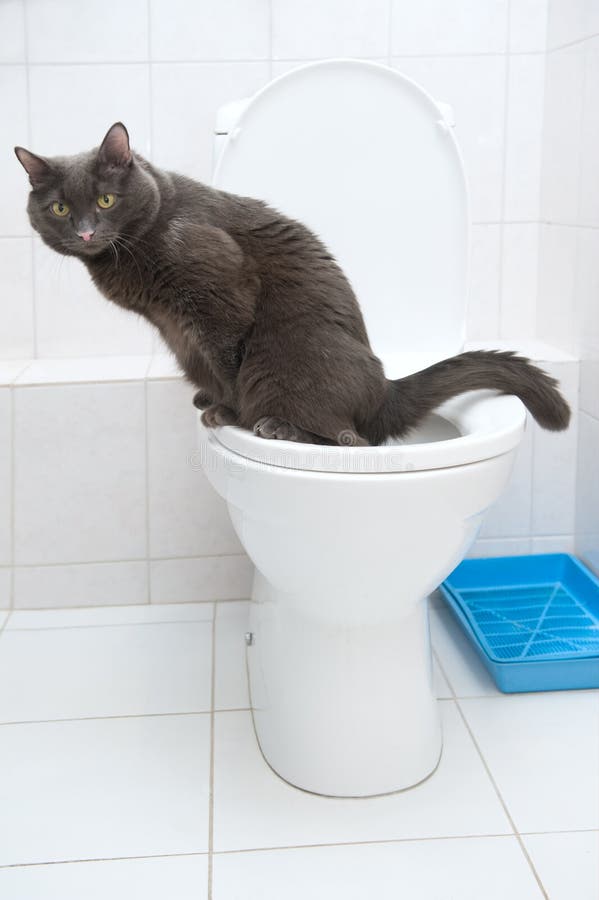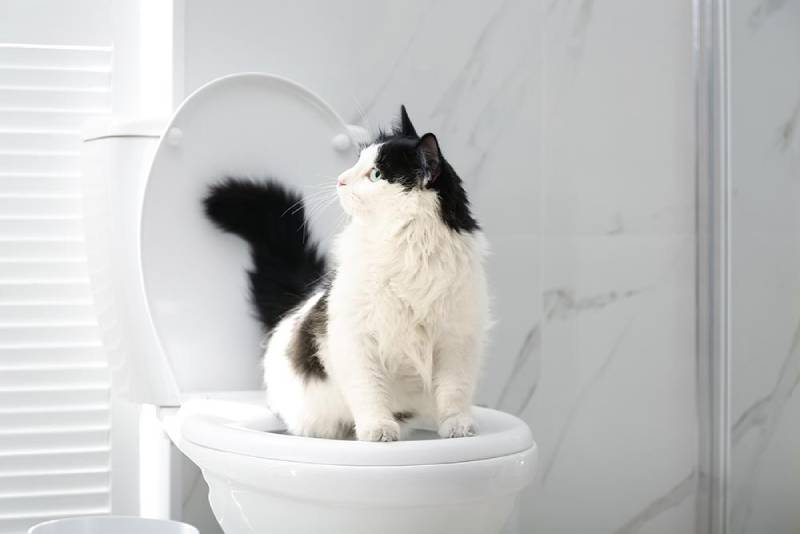Avoid Plumbing Problems: Don't Flush Cat Poop Down Your Toilet - Expert Advice
Avoid Plumbing Problems: Don't Flush Cat Poop Down Your Toilet - Expert Advice
Blog Article
How do you feel when it comes to How to Dispose of Cat Poop and Litter Without Plastic Bags?

Introduction
As pet cat owners, it's essential to be mindful of exactly how we take care of our feline pals' waste. While it might appear convenient to flush feline poop down the toilet, this technique can have destructive effects for both the atmosphere and human wellness.
Alternatives to Flushing
The good news is, there are safer and much more accountable means to dispose of cat poop. Take into consideration the complying with choices:
1. Scoop and Dispose in Trash
The most usual approach of throwing away pet cat poop is to scoop it right into a biodegradable bag and throw it in the trash. Make sure to make use of a specialized trash inside story and get rid of the waste without delay.
2. Usage Biodegradable Litter
Go with eco-friendly pet cat clutter made from products such as corn or wheat. These clutters are eco-friendly and can be securely thrown away in the trash.
3. Hide in the Yard
If you have a backyard, take into consideration hiding pet cat waste in a marked area away from vegetable gardens and water resources. Make sure to dig deep sufficient to stop contamination of groundwater.
4. Install a Pet Waste Disposal System
Invest in a family pet waste disposal system specifically developed for cat waste. These systems use enzymes to break down the waste, lowering odor and environmental impact.
Health Risks
In addition to environmental concerns, purging pet cat waste can additionally present health and wellness dangers to people. Cat feces might consist of Toxoplasma gondii, a bloodsucker that can cause toxoplasmosis-- a possibly extreme health problem, especially for pregnant ladies and individuals with weakened body immune systems.
Environmental Impact
Flushing cat poop introduces harmful virus and bloodsuckers into the water supply, posturing a considerable risk to aquatic environments. These pollutants can negatively affect marine life and compromise water top quality.
Final thought
Responsible family pet ownership prolongs past giving food and shelter-- it additionally entails correct waste management. By avoiding flushing pet cat poop down the toilet and going with alternate disposal techniques, we can lessen our environmental impact and shield human wellness.
Why Can’t I Flush Cat Poop?
It Spreads a Parasite
Cats are frequently infected with a parasite called toxoplasma gondii. The parasite causes an infection called toxoplasmosis. It is usually harmless to cats. The parasite only uses cat poop as a host for its eggs. Otherwise, the cat’s immune system usually keeps the infection at low enough levels to maintain its own health. But it does not stop the develop of eggs. These eggs are tiny and surprisingly tough. They may survive for a year before they begin to grow. But that’s the problem.
Our wastewater system is not designed to deal with toxoplasmosis eggs. Instead, most eggs will flush from your toilet into sewers and wastewater management plants. After the sewage is treated for many other harmful things in it, it is typically released into local rivers, lakes, or oceans. Here, the toxoplasmosis eggs can find new hosts, including starfish, crabs, otters, and many other wildlife. For many, this is a significant risk to their health. Toxoplasmosis can also end up infecting water sources that are important for agriculture, which means our deer, pigs, and sheep can get infected too.
Is There Risk to Humans?
There can be a risk to human life from flushing cat poop down the toilet. If you do so, the parasites from your cat’s poop can end up in shellfish, game animals, or livestock. If this meat is then served raw or undercooked, the people who eat it can get sick.
In fact, according to the CDC, 40 million people in the United States are infected with toxoplasma gondii. They get it from exposure to infected seafood, or from some kind of cat poop contamination, like drinking from a stream that is contaminated or touching anything that has come into contact with cat poop. That includes just cleaning a cat litter box.
Most people who get infected with these parasites will not develop any symptoms. However, for pregnant women or for those with compromised immune systems, the parasite can cause severe health problems.
How to Handle Cat Poop
The best way to handle cat poop is actually to clean the box more often. The eggs that the parasite sheds will not become active until one to five days after the cat poops. That means that if you clean daily, you’re much less likely to come into direct contact with infectious eggs.
That said, always dispose of cat poop in the garbage and not down the toilet. Wash your hands before and after you clean the litter box, and bring the bag of poop right outside to your garbage bins.
https://trenchlesssolutionsusa.com/why-cant-i-flush-cat-poop/

I stumbled upon that blog post on Can You Flush Cat Poop Down The Toilet? while surfing around the search engines. Remember to take the opportunity to promote this entry if you appreciated it. Thanks a bunch for your time. Come back soon.
Call Us Today Report this page